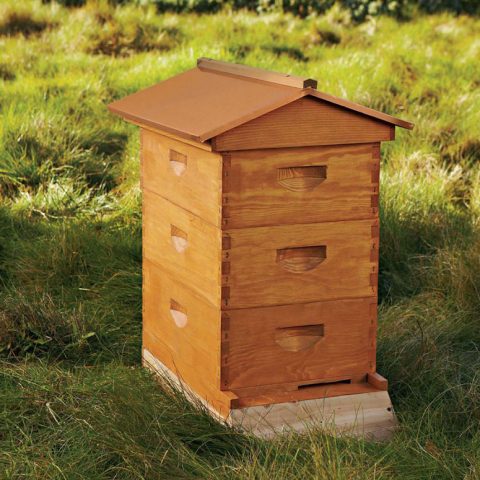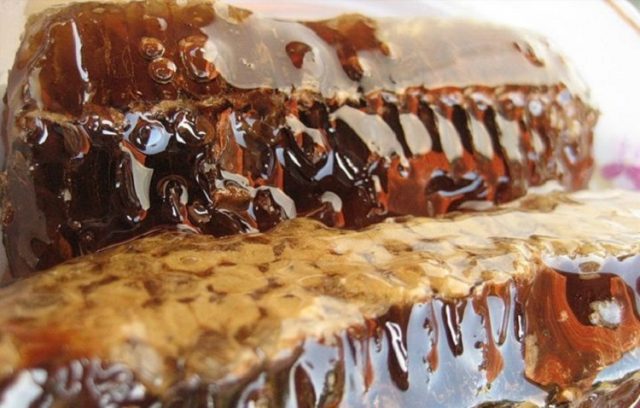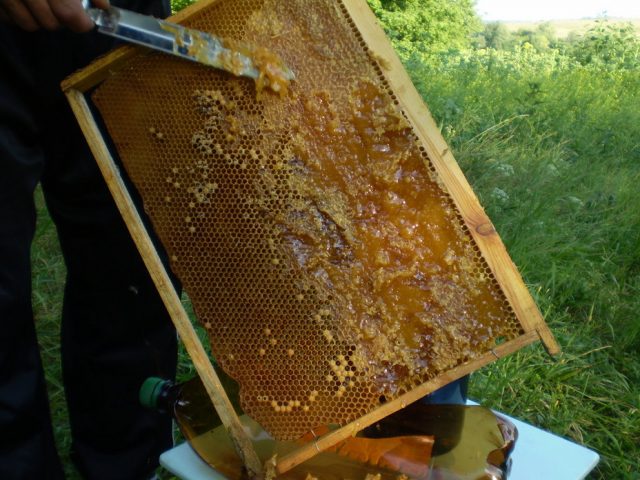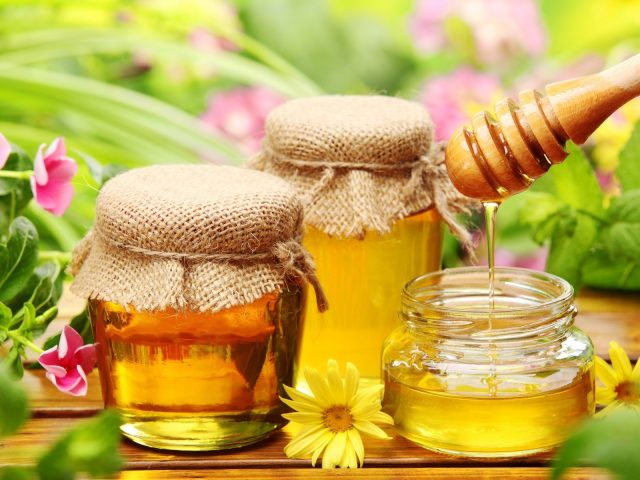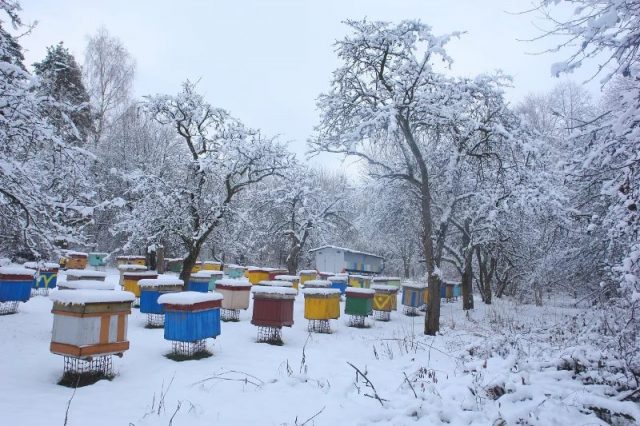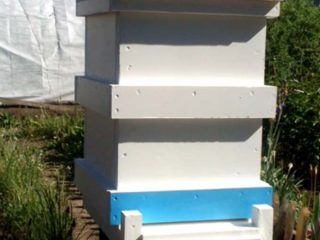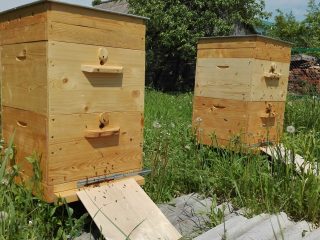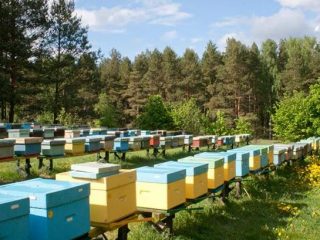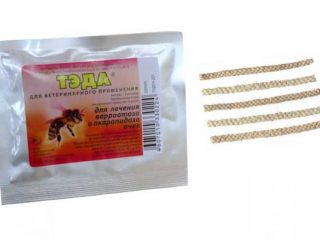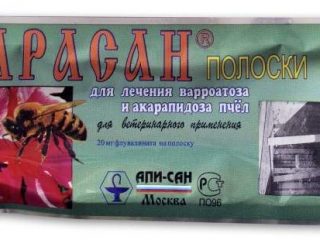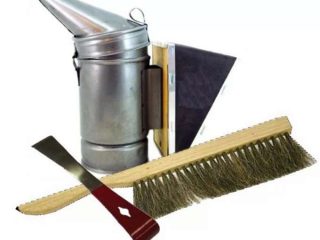Content
Bee farming is a vast industry with its own characteristics. With the arrival of winter, the work of beekeepers does not end. They are faced with the task of preserving bee colonies for further development. One of the most important issues related to planning a bee hibernation is the question of how to leave frames with honey for the bees for the winter. Of particular importance are the varieties, the amount of food and the conditions for the winter keeping of bee colonies.
How much honey do bees need for the winter?
The bees remain active throughout the winter. Families need quality food for wintering. Beekeepers plan in advance the amount of honey that should be left to the bees for the winter.
Wintering depends on the climatic conditions of the region. In some areas, winter can last up to 5 months. In order to protect the bee hive and preserve insects, it is recommended to take care of creating conditions in advance. There are 2 types of conditions for keeping bees in winter:
- Wintering in a warm room, when the hives are placed on the territory of heated spaces.
- Wintering outdoors, when the hives are placed under the covers of the wintering houses or additionally insulated.
The amount of feed product is determined by several criteria:
- the climate of the region;
- wintering method;
- composition and strength of the bee family.
Beekeepers of the northern regions of the country confirm the data that the average bee colony in the hive needs to leave from 25 to 30 kg of honey for the winter. In the south and west of the country, it is enough to leave feed with a total volume of 12 to 18 kg.
It is possible to calculate how much honey bees need for the winter, taking into account the breed of bees, the conditions of the region, and the yield of the product.
bee breed | approximate amount of honey | characteristics |
Central Russian | up to 25 - 30 kg | resistant to low temperatures, suitable flower species |
mountain sulfuric Caucasian | up to 20 kg | resistant to frost, able to winter on buckwheat in the homeland |
Carpathian | up to 20 kg | do not tolerate a drop in temperatures, hibernate in their native area on any species, except for honeydew and heather |
italian | up to 18 kg | unsuitable for keeping in regions with harsh winters, wintering on flower types |
Some beekeepers calculate the amount of honey a bee needs for the winter based on the amount that a particular colony has harvested during the season:
- 14.5 kg of honey is obtained by a family for which 15 kg of feed is spent;
- 23.5 kg of prey can be expected from families with food from 15 to 20 kg;
- 36 kg are harvested by bees, for whose feed they spend 30 kg.
These are statistics, the indicators of which may differ depending on the regions.
What kind of honey do bees hibernate on?
The honeycombs that will be left are pre-inspected. They should not have less than 2 kg of product, the cells should be well sealed. In this state, honey is better preserved, does not sour and does not lose its beneficial properties.
The varieties that are left for wintering may be different. Do not use heather and honeydew species. Honeydew honey is harvested from leaves, it may contain dextrins and metabolic products of parasitic insect proteins.Nutrition with an admixture of honeydew becomes dangerous for insects in winter. Alkali metals, which are contained in the composition, are deposited on the walls of the intestines of bees and lead to destructive indigestion.
The only way to avoid this problem is to completely remove the honeydew from the hive.
Varieties that are prone to rapid crystallization are not suitable for overwintering. These are species collected from cruciferous types of plants, as well as eucalyptus and cotton. To reduce the risks of pomor, you must:
- exclude rapidly crystallizing species;
- leave a light brown honeycomb in the hive;
- to provide humidity in the winter house not less than 80 - 85%.
Features of wintering bees on sunflower honey
Sunflower is a variety that is harvested from oilseeds, sunflowers. It is the leader in glucose content. Many beekeepers have learned to use it as feed, which they leave for the winter. The main disadvantage of the product is fast crystallization.
When using a sunflower variety in winter, it is necessary to add additional feeding. For this, self-prepared sugar syrup is suitable, which is added to the hives.
A few rules that will help to transfer the wintering of bees on sunflower honey:
- leave a light honeycomb, this slows down the crystallization process;
- use sunflower honey of the first selection;
- maintain an optimal level of humidity in the winter house.
Do bees overwinter on rapeseed honey
The variety is harvested from a cruciferous plant, rape, which appeared as a result of selective crossing. This variety is distinguished by its rapid crystallization rates.
Rapeseed honey is not recommended to be left for wintering. Beekeepers who plan to breed families and value their reputation as a supplier of quality products pump out rapeseed honey as it blooms and leave other varieties for wintering.
Wintering of bees with rapeseed honey is possible in the southern regions, but it can be complicated by emerging problems. Crystallization of the rapeseed variety is characterized by increased hardening rates. For the continued existence of the bee colony, it is necessary to feed it with sugar syrup. The use of syrup as the main fodder material can lead to spring sublimation.
How bees winter on buckwheat honey
Buckwheat is harvested from buckwheat flowers, it is characterized by a dark brown hue. He has useful qualities. Buckwheat honey is suitable for the treatment of multiple human diseases, but it is not recommended to use it for wintering bees. The buckwheat variety is categorically unsuitable for farms located in Western and Central Siberia. When using it, spring nosematosis is observed in bees, as a result of which most of them die, and the rest come out of wintering weakened.
On the territory of Siberia, buckwheat is pumped out of the hive long before preparation for wintering of bee colonies.
In the European part of the country, buckwheat is considered suitable for wintering due to the shift in the timing of crystallization due to changes in temperature. It is left for wintering, but additional supplementation with self-prepared sugar syrup is provided.
Other types of honey for wintering bees
Beekeeping as an industry keeps statistics on the quality and quantity of nectar, the collected data facilitate the planning process for wintering on honey. The best option, which is suitable for keeping families in winter, minimizes the risk of developing nosematosis and reduces the rates of spring submergence, is the choice of flower varieties.
These include linden, herbs, sweet clover, fireweed, acacia varieties. These types are popular in the market, so beekeepers sometimes save when calculating the amount of product that must be left for the winter.
In addition, you should take into account the supply of forage honey, which must be left in the hive for the winter in the bees in case of a shortage.It should be stored separately from the wintering room and should be approximately 2 - 2.6 kg per family.
Feed preparation rules
Before adding additional food, beekeepers prepare the nest for winter. The life of bees at low temperatures depends on the condition of the nest. The main condition is the installation of feed: its amount depends on the strength of the bee colony.
- strong families need 8 to 10 frames;
- medium - from 6 to 8 frames;
- weak - from 5 to 7 frames.
Frames must be completely filled with honey and sealed. Frames that are filled with 2 or 2.5 kg of product are considered full honey.
The main fodder product is light varieties, the task of the beekeeper in the fall is to check for the presence of honeydew impurities. The product with an admixture is not left for the winter to exclude pomor.
There are several ways to do this:
- About 1 tbsp is collected from different cells. l. honey, mixed with 1 tbsp. l. water. The liquid is diluted with 10 parts of ethyl alcohol, then shaken. The presence of a cloudy sediment is evidence of an admixture of honeydew. If the liquid remains clean, then such a product is completely suitable for feed during the wintering of bees.
- With lime water. Honey is stirred in a small amount of lime water, then boiled. The presence of flakes indicates an admixture of honeydew.
During wintering, additional fertilizing is introduced in the form of sugar syrup, candy or natural honey. Bees are fed depending on the size and condition of the family.
Terms and rules for bookmarking frames with honey
The periods of preparation of families for the upcoming wintering differ depending on the region. Where cold winters prevail, with low night temperatures, preparations begin in September. The southern regions are prepared for wintering later, in early October.
The position of the frames in the hive is determined by the following requirements:
- Low copper frames are installed in the center of the hive, this is necessary so that families can accommodate here in their usual club.
- Full copper frames are placed along the edges, strictly one after the other.
- The number of frames is calculated according to the storage principle: if the bees sit tightly on 6 frames, then they are left with 7 frames for wintering.
- Before being placed in the winter house, the hives are checked again. If the extreme frames are not completely filled with the product, then they are replaced with full-grain ones and left for the winter.
Conclusion
Leaving honey bees for the winter is a necessity that all beekeepers know about. The further life of the bee colony depends on the amount of honey, the correct installation, and the formation of the nest. The choice of a variety for feed affects the development of the strength of adults, their entry into spring and work for the future apiary.
